September 1, 2023 marked the centenary of the Bellbird Mine disaster. The event remains the worst mining disaster in the Northern NSW coalfields, but it made way for significant change that continues to influence safety and emergency response today.
Through the collaborative efforts of the Mining and Energy Union (MEU), Coal Services (Mines Rescue) and volunteer community history group Local Coalfield Historical Society, a centenary event was held at the Bellbird Miners Memorial Park. Community, members of parliament, local government, industry and descendants of the 21 miners who lost their lives gathered for this event and paid their respects, reflecting on the last 100 years of safety and emergency response in industry.
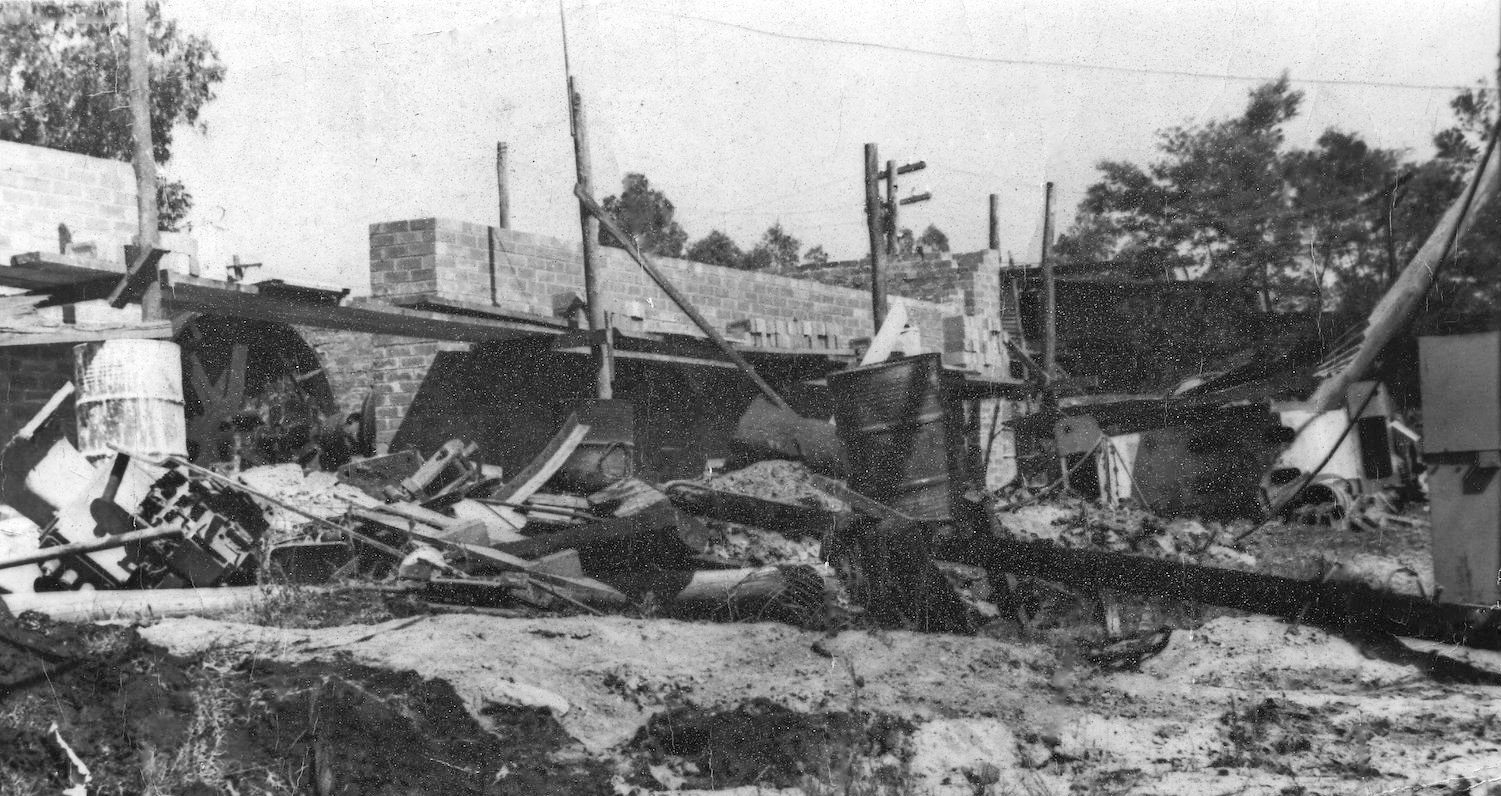
Tragedy at mine
The day began like any other. The morning shift of 450 men left the Hetton-Bellbird Colliery (Bellbird Mine) at 1pm when the afternoon shift of 20 men entered the mine’s Number 1 tunnel to start their day.
The Deputy on shift for the small afternoon crew was Fred Moodie and as he read over the reports there was nothing to indicate anything was amiss. Fred entered the mine following the men who had already gone ahead and shortly after encountered thick swathes of black smoke from an underground fire that was consuming the 5 East workings of the mine and spreading to other areas. Racing back to the surface he raised the alarm.
As word got out men began to gather, desperate to begin rescue efforts.
Despite the unimaginable and extremely dangerous conditions there was no shortage of volunteers with dozens of men risking their lives to search for survivors and bring out the missing miners. They knew they were risking their lives by entering the mine.
At the time there were only six sets of Proto breathing apparatus in all of NSW and none at Bellbird Colliery, so the men had only the most rudimentary equipment, often nothing more than a wet handkerchief covering their mouths.
Whilst the rescue attempt was underway, two explosions were heard, and the rescuers had to retreat from the mine. Unfortunately, one of the rescuers was overcome with toxic gas and became the twenty-first fatality.
When it became clear that any more attempts to rescue the men still underground was futile, the agonising decision was made to seal the mine so the oxygen supply to the fire would be cut off. Fifteen bodies had been recovered by the rescue parties and six men were left behind as well as six pit ponies. Much more than simply work horses, the ponies were trusted and beloved companions.
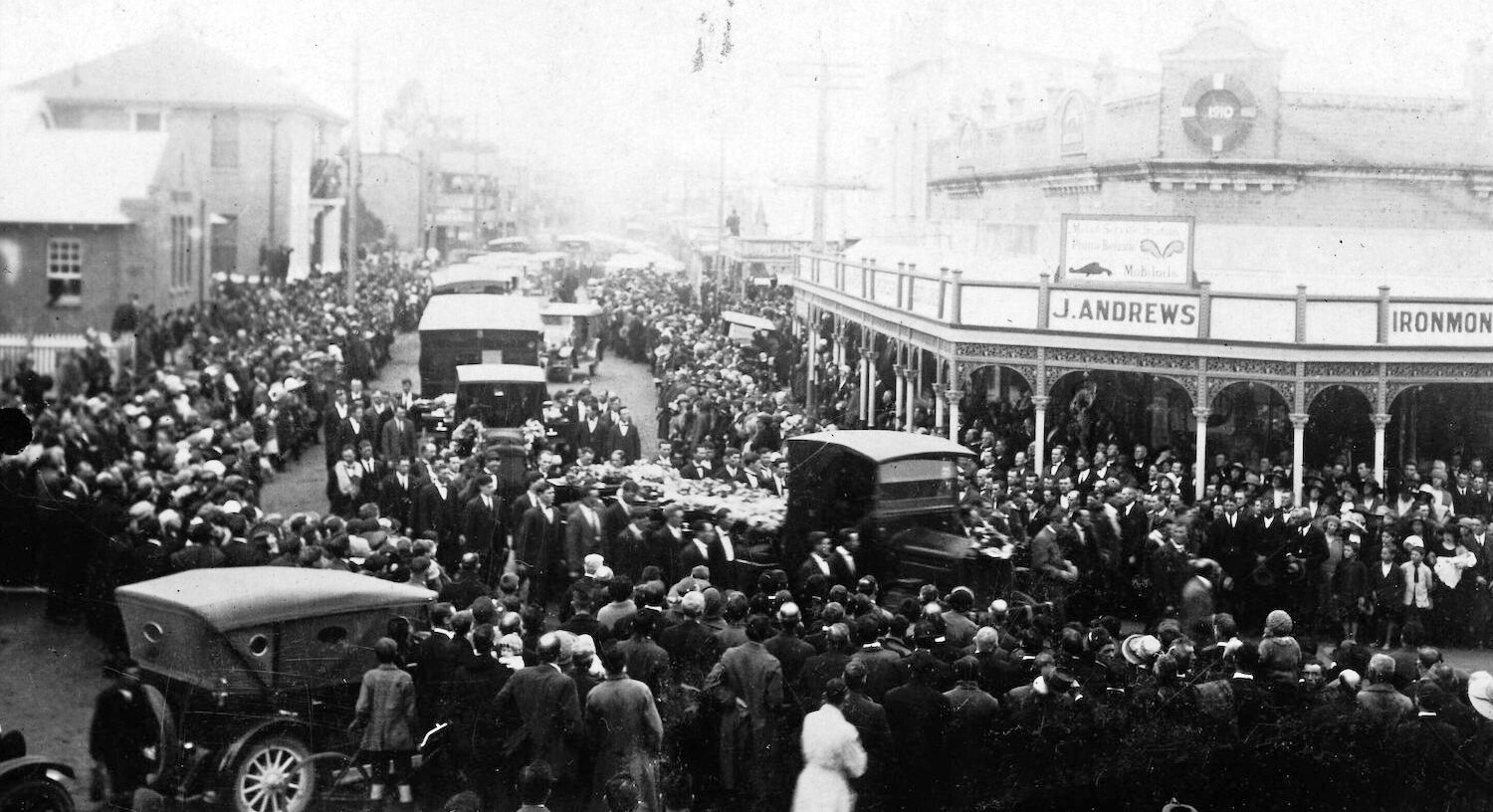
Aftermath
The northern NSW coal mining communities were devastated by the tragedy that left behind 16 widows and more than 30 children without fathers. Around 25,000 people gathered in the street to pay their respects and witness the funeral procession for the 15 miners.
Two inquests returned no single, definitive verdict as to what started the fire, though theories and conjecture attributes it to a naked flame. The inquests also revealed many unsafe work practices, including smoking in the mines, unreliable emergency phone lines and lack of hazard reporting and control. It also revealed that the mine was worked with naked light – most workers did not have safety lamps.
The coroner determined that all had died from carbon monoxide poisoning.

The catalyst for change
The use of breathing apparatus and a structured approach to mines rescue had been debated in the industry since the late 1890s.
In 1924, the Bellbird Colliery acquired 22 Proto breathing apparatus and trained volunteer rescue teams in their use to recover the bodies of five of the entombed miners. These actions highlighted the importance of adopting a professional approach to mine rescue efforts, furthering the case for the establishment of mine rescue stations.
This, coupled with the Bellbird Mine disaster inquests and separate Royal Commission into the safe working of coal and shale mines in NSW, heightened public awareness regarding mining safety and the essential requirements for emergency equipment and well-trained emergency and rescue personnel.
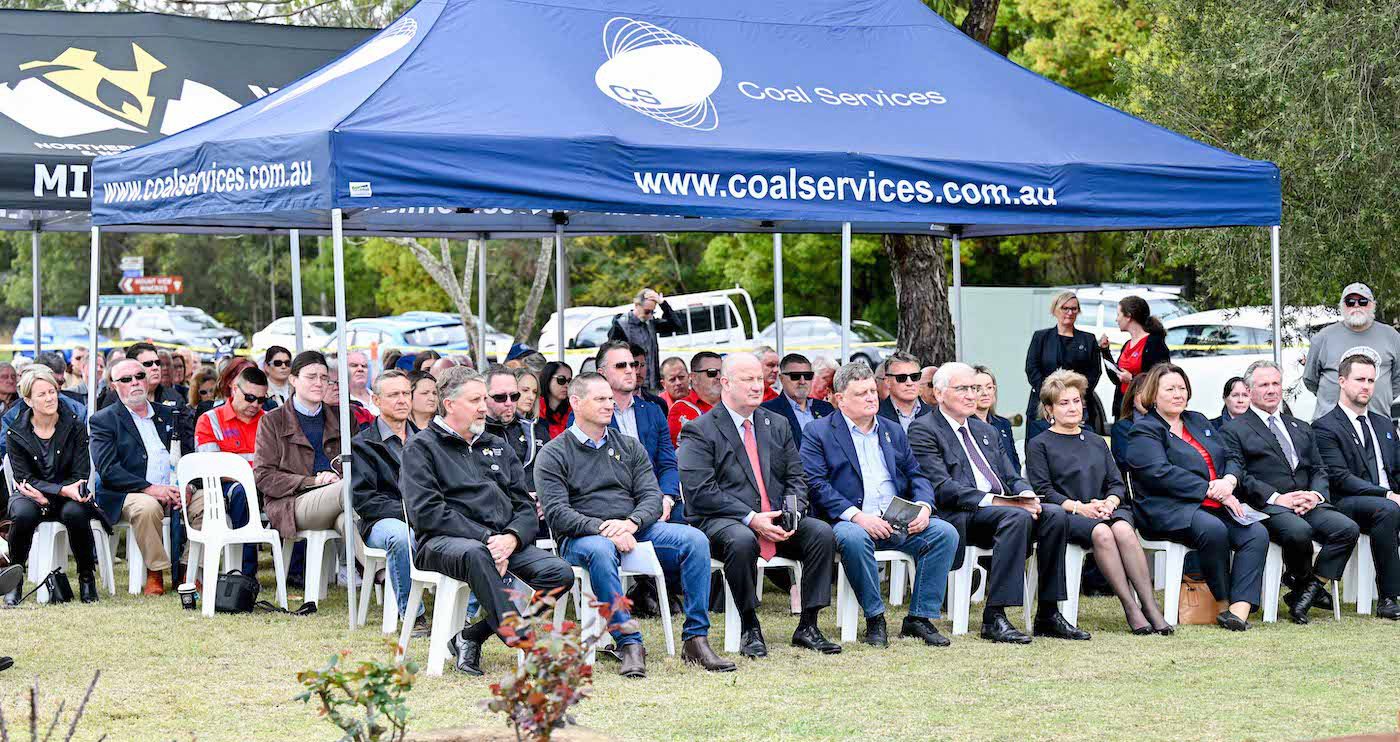
The Mines Rescue Act
In 1925, the Mines Rescue Act passed through parliament. It governed the establishment of rescue stations, brigade personnel and equipment and maintenance standards. It remains the foundation for governing mines rescue operations in NSW today.
The first mines rescue station in NSW began operations on 20 March 1926 at Abermain. Stations opened shortly after in Newcastle and in the Southern and Western mining regions. In 1983 the South Maitland Mines Rescue Station at Abermain closed after 57 years of service transferring to Singleton Heights to become the Hunter Valley Mines Rescue Station. This signalled greater involvement with open cut coal mines.
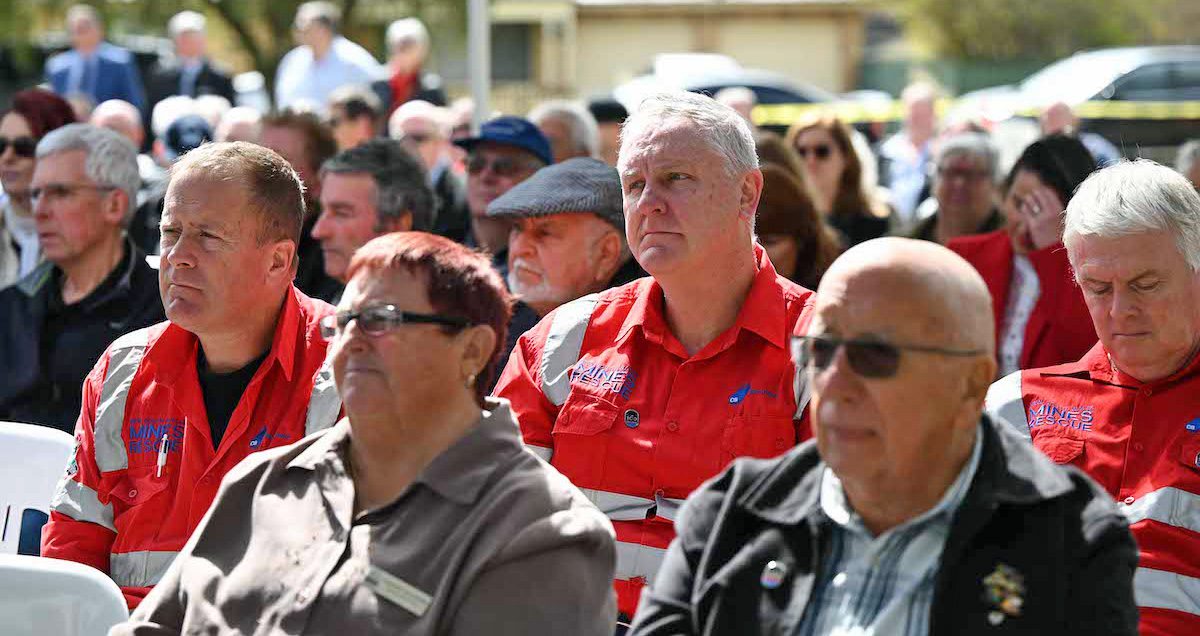
A focus on safety
Today, NSW Mines Rescue (Mines Rescue) continues to service those mining regions and operations have expanded to include the Mudgee and Gunnedah regions, with more than 450 brigade members across the state.
Mines Rescue is responsible for ensuring that rescue services and equipment are available to respond to and manage emergencies or incidents arising at coal mines in NSW. They also partner with industry to organise, manage, and respond to emergency simulations to ensure sites maintain a current working knowledge of all emergency response requirements.
Thankfully, changes in legislation, increased regulatory oversight and higher safety focus has greatly reduced the occurrence and magnitude of mining disasters. The coal mining industry has evolved, and as a result, Mines Rescue has evolved from being predominantly a responsive service to highly proactive.
Mines Rescue maintains a strong prevention focus, working as educators to focus on building safety leadership, hazard awareness and industry capabilities to mitigate risks before they become an issue. The training offered by Mines Rescue is not limited to the mining industry. Many courses are relevant to industries outside of mining where skills in first aid, working safely at heights or in confined spaces are necessary.
Mines Rescue also has a team dedicated to providing safety and emergency management consulting and compliance services. It is a service that complements the work they do in safety training and emergency response and includes audit services, crisis and emergency management solutions, development and testing of emergency management systems and safety management systems, as well as risk scoping and assessment.
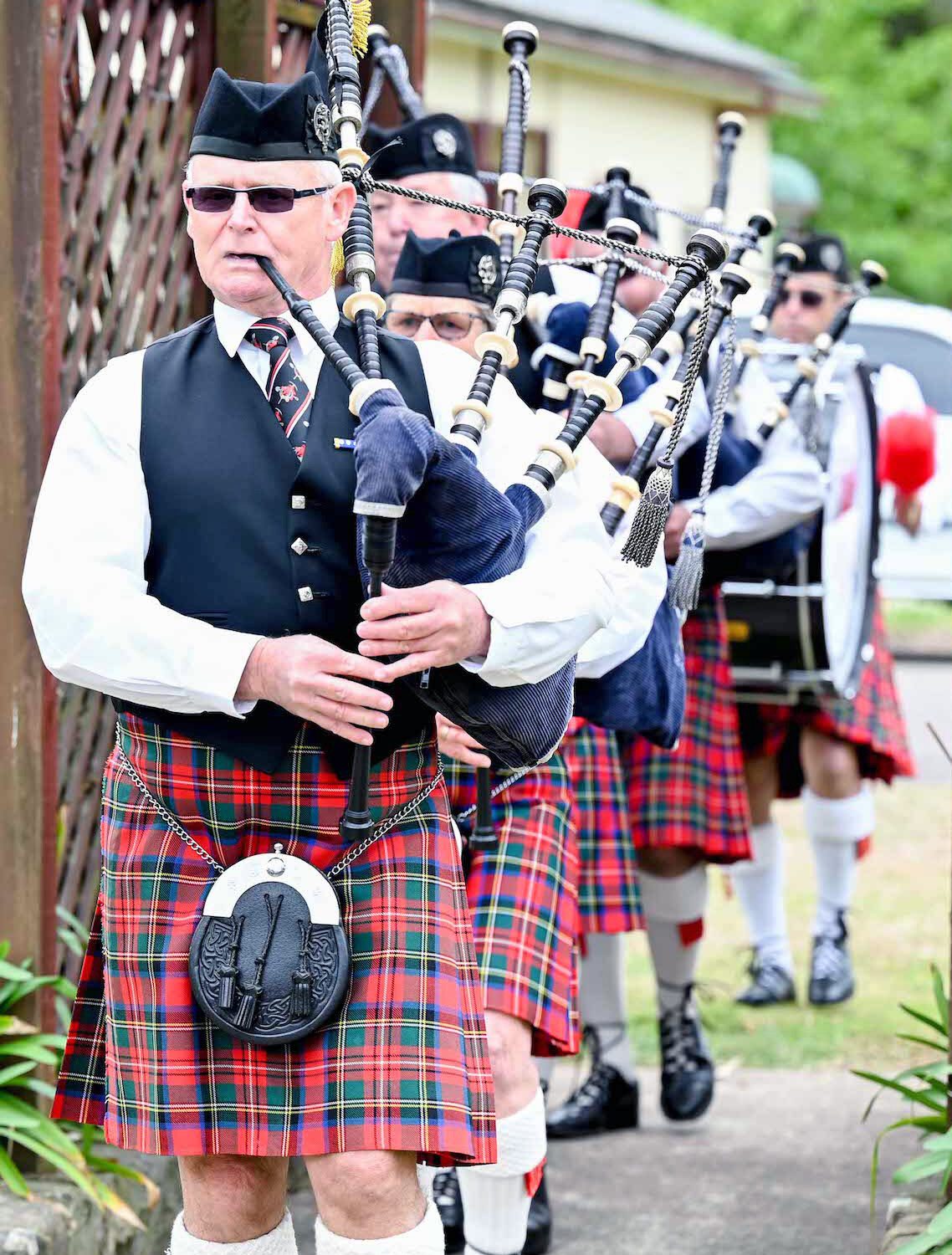
Remembering the past
Learning from experience, preventing devastating reoccurrences and improving the health and safety of all those working in the mining industry is a profound way to acknowledge and recognise all those affected by mining incidents throughout history.
Bellbird, and other mining disasters, are reminders of the consequences that can result if risk management, training, safety procedures and good mining practices are not maintained.
Twenty one lamp rays shine bright for the twenty one lives lost during the 1923 Bellbird Mining Disaster.
Malcolm Bailey, John Brown, George Chapman, Andrew Corns, Frederick Fone, Jack Graber, William Griffin, William Hartley, Alfred Hines, Maurice Hyams, George R. Kelly, Joseph Lambert, Gordon Locking, J. McLaughlin, Charles A. Mills, Frederick Moodie, John Morgan, Harold Richards, Phillip Roberts, George Sneddon, John Stewart.
“This catastrophic disaster is a significant moment in the history of Mines Rescue as the catalyst for the Mines Rescue Act 1925 and the opening of our first Mines Rescue Station in 1926. We pay tribute to the lives of the men who were tragically killed and reflect on the impact and influence that Mines Rescue has had on safety and emergency response in the mining industry since the disaster.”
Mines Rescue General Manager, Alaster Wylie.
“Bellbird remains the worst mining disaster in our Northern NSW coalfields. We gather together to remember the enormous scar left on our community, to acknowledge the important changes that followed and to recommit ourselves to continuous improvements in mine safety.”
MEU Northern Mining and NSW Energy District President Robin Williams.
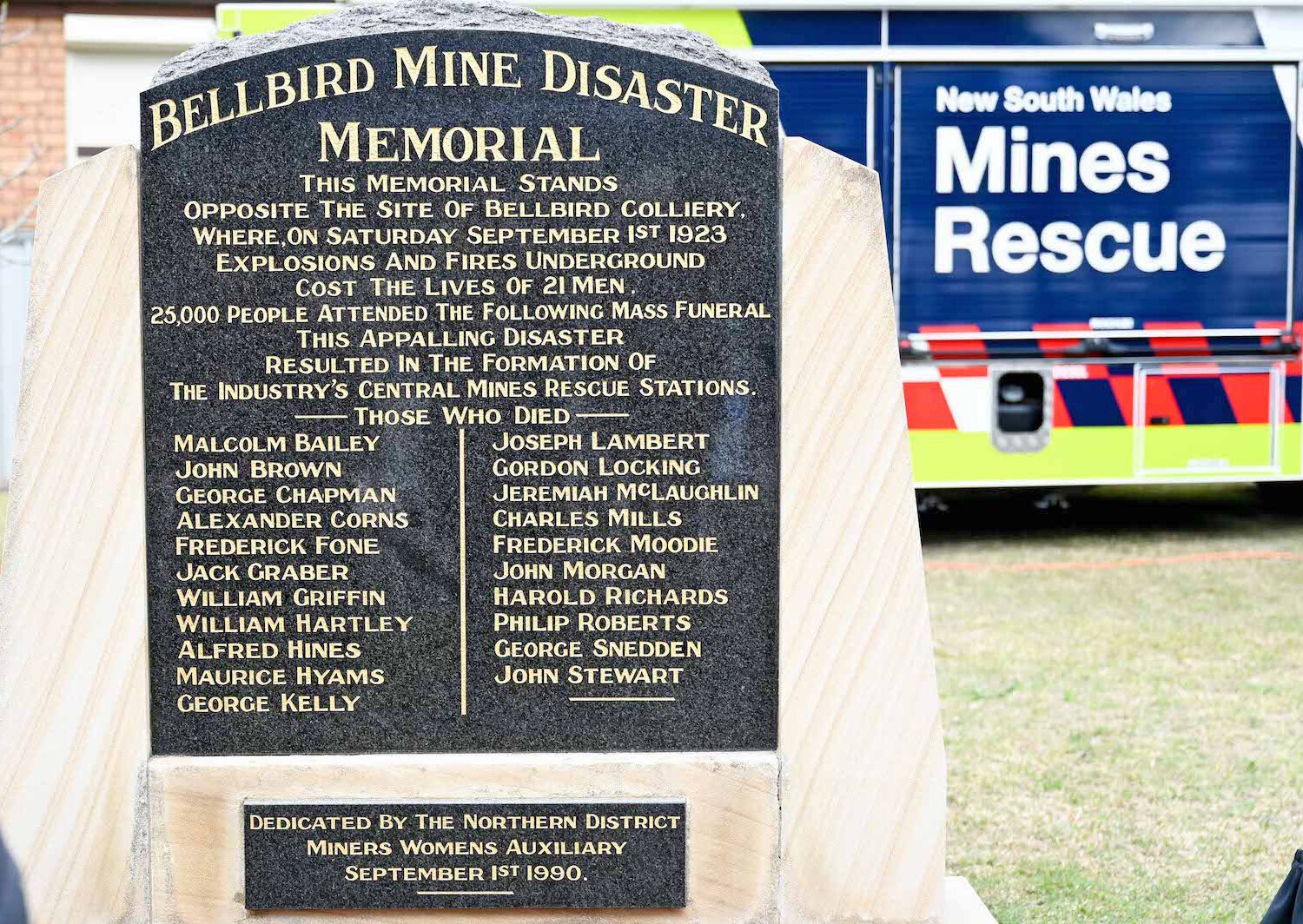


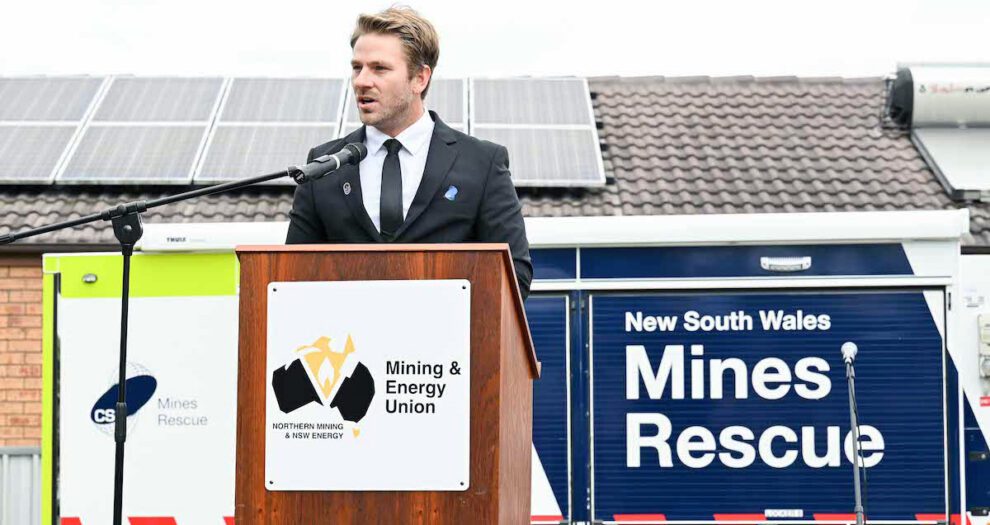











Add Comment